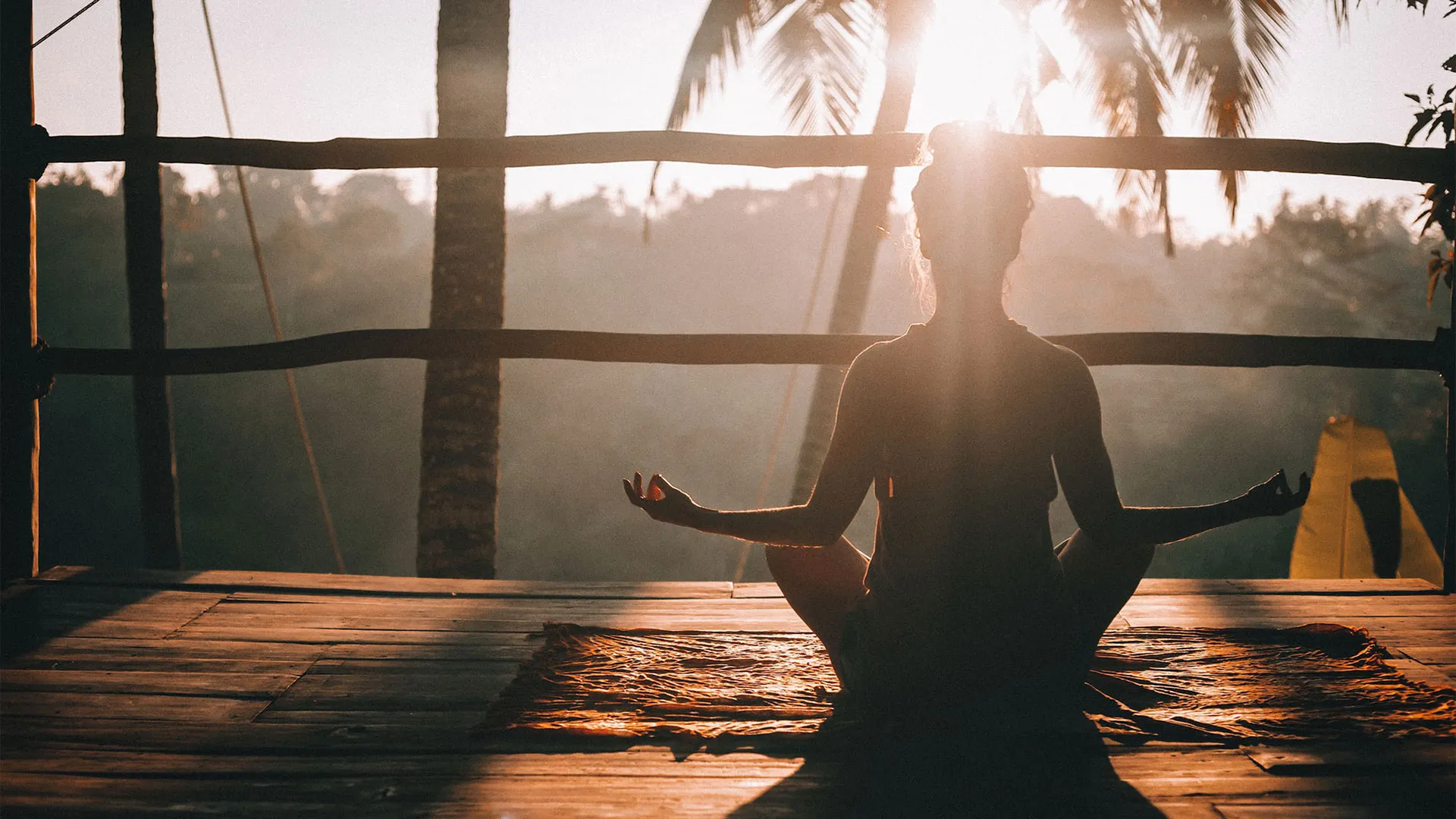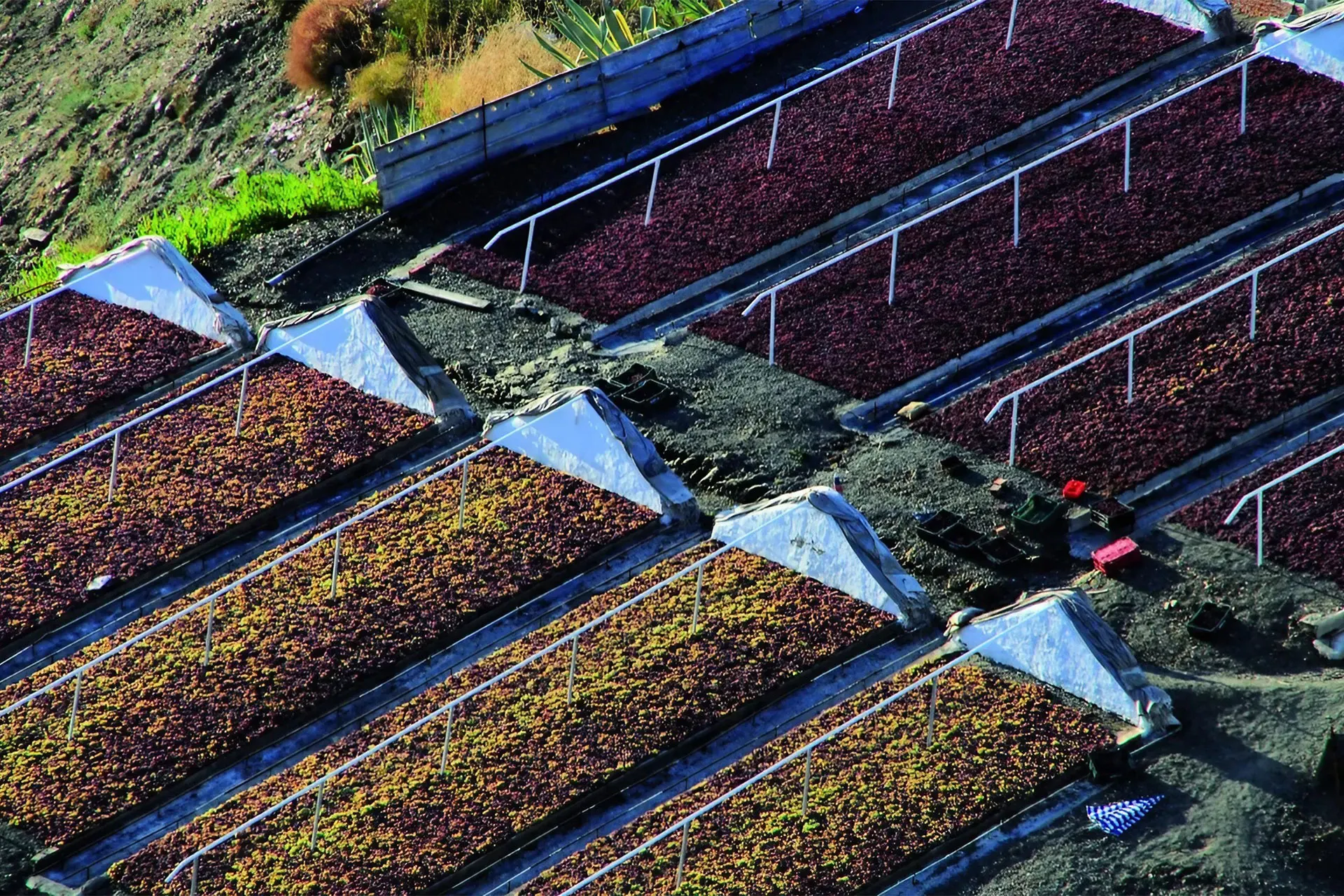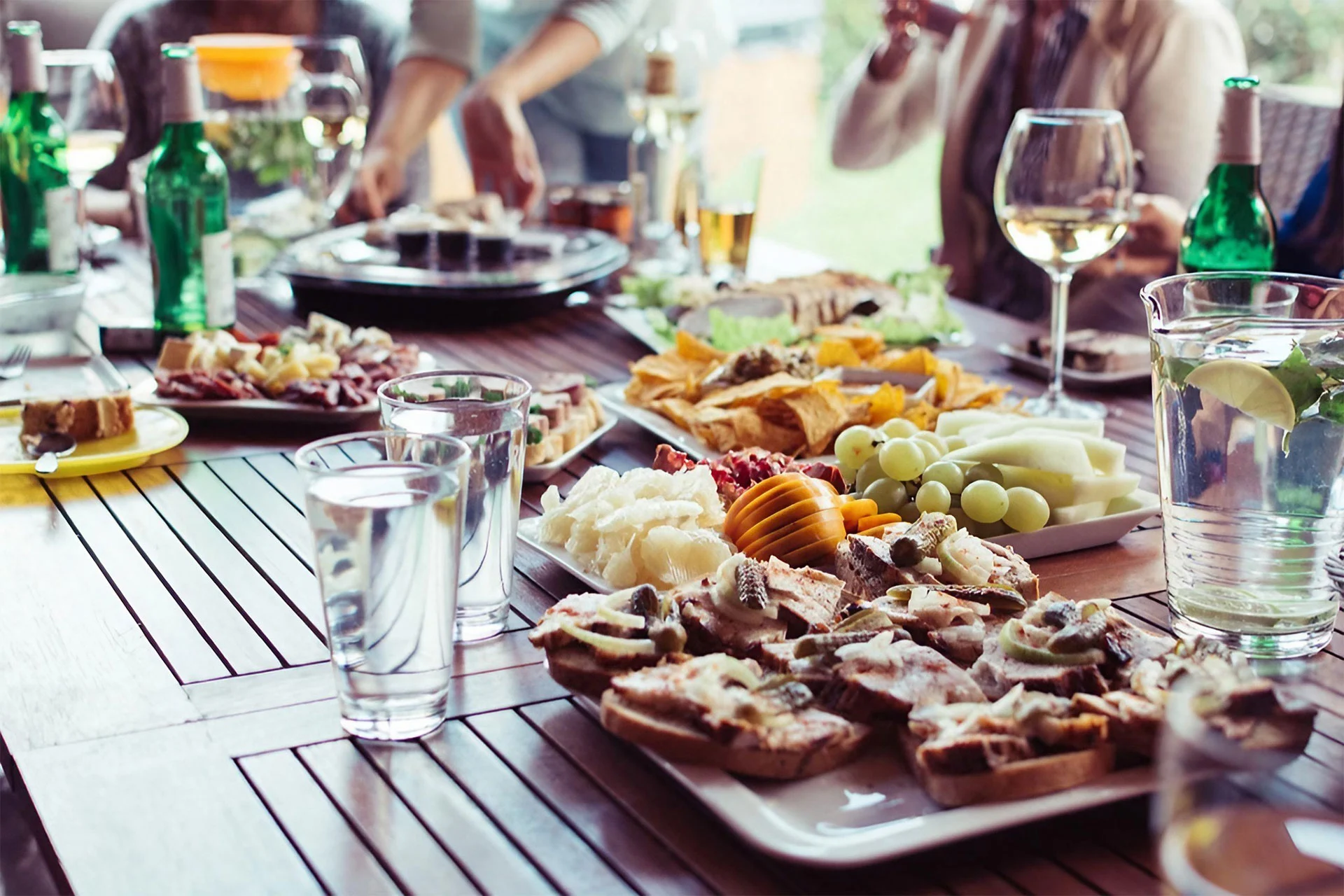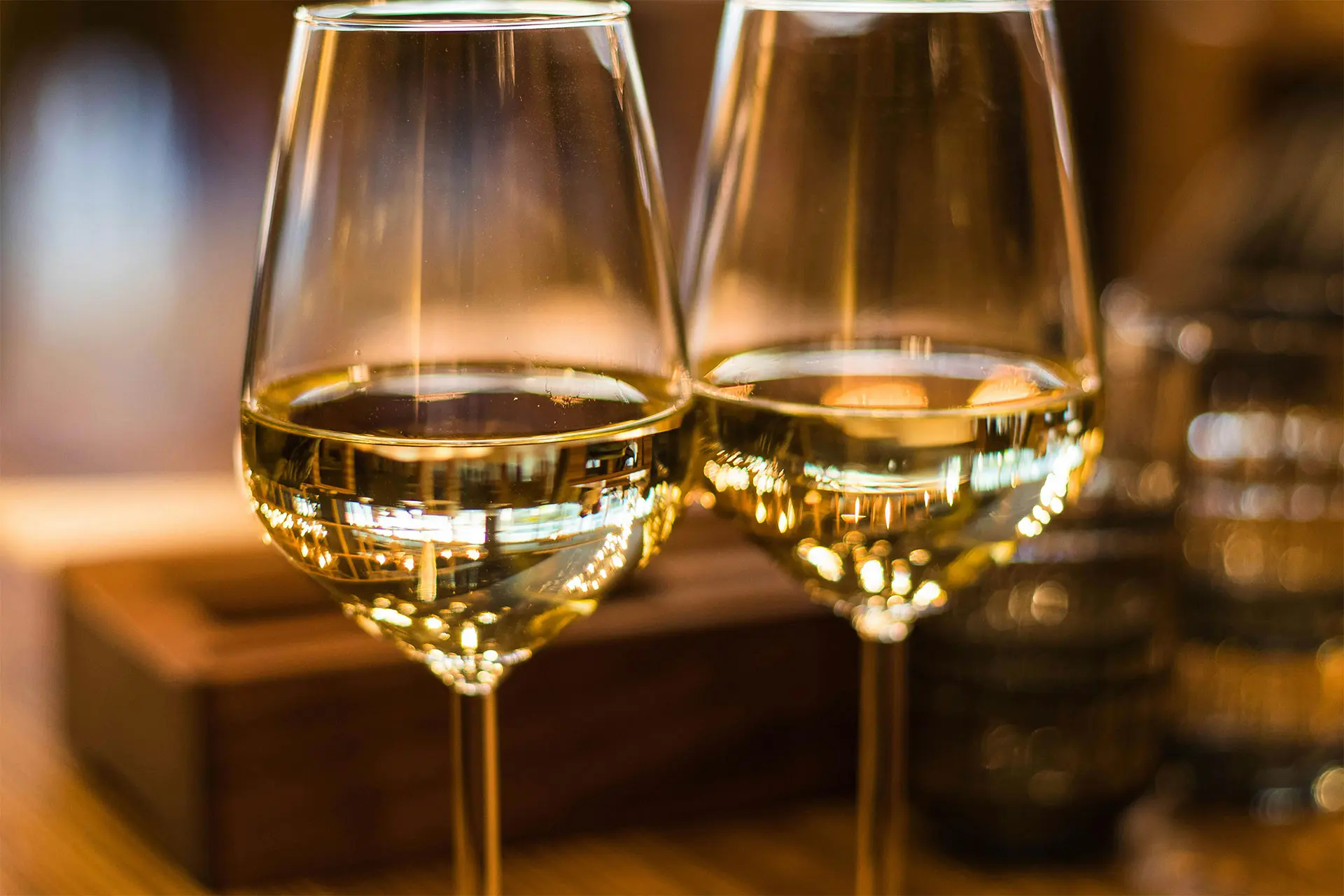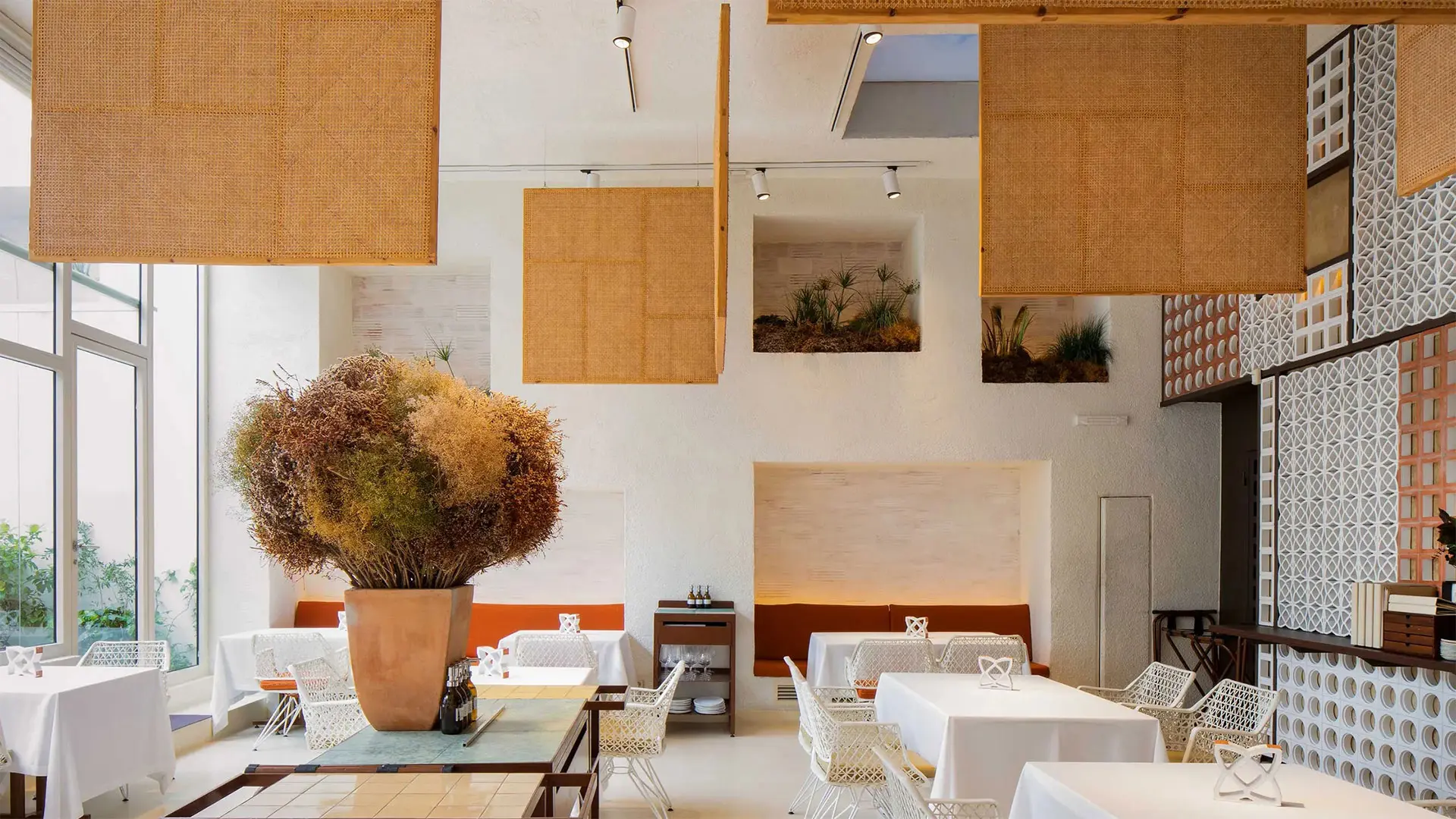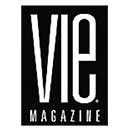Exploring how the three cultures of Judaism, Christianity and Islam combined to create the Andalucian culture we know today. Following on from Córdoba and Granada, we end our trilogy with passionate Seville.
Andalucía’s rich history was fed by its three most influential cultures and their religions: Judaism, Islam and Christianity. Whilst Andalucía is home to some of the Europe’s oldest cities, established over 3,000 years ago, the highlights of the three cultures (tres culturas) can be found in the ‘golden triangle’ of Córdoba, Granada and Seville.
These three cities form our Classic Andalucía Tour, taking in the sites and tasting the delicious cuisine shaped by the land, climate and cultures.
The final stop on our three cultures blog tour is Seville.
An exhilarating mix of cultures
Before the Catholic Monarchs’ reconquest of Spain, the country was an exciting potpourri of cultures. The Muslims called the land Al-Andalus and they brought with them learning and heralded in a golden age. Once they were vanquished and the Jews banished, Christian architecture and culture came to the fore.
Seville has been the capital of Andalucía since the twelfth century and is brimming with artefacts and remnants of its rich history. Some of the architectural treasures show how the cultures merged, or subsumed each other, as time passed.
The Intricate Beauty of Islamic Architecture
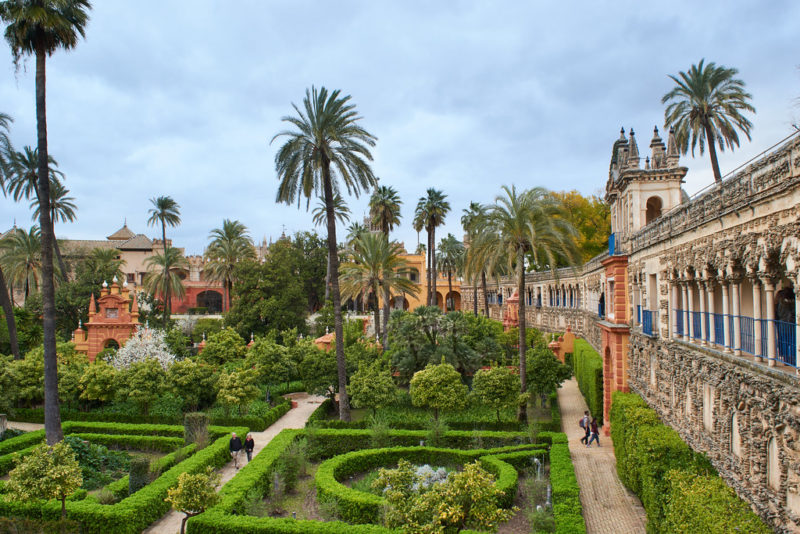
The palace and garden complex of the Real Alcázar stands alongside the Mezquita at Córdoba and the Alhambra at Granada as one of the three great Islamic sites in Spain. However, it is not entirely in the Islamic style as 500 years of subsequent Christian rulers have added to it.
Only some of the courtyard gardens from the 11th century Almohads remain. At the Alcázar’s heart, in the Courtyard of the Maidens, the administrative centre for all trade with the Americas stood.
The most significant parts of the Alcázar were added under the Christian kings: Alfonso XI and his son Pedro the Cruel. Both loathed the French, which would explain why their additions returned to the local Islamic style rather than the Gothic. Alfonso XI built the Hall of Justice to “celebrate” a military victory over Muslim-held Granada.
Pedro inherited the throne ten years later, and he formed an alliance with the Muslim king of Granada. Their two palaces, the Alcázar and the Alhambra, influenced each other.
The Islamic heritage of the city also lives on in the Giralda tower and the Casa de Pilatos.
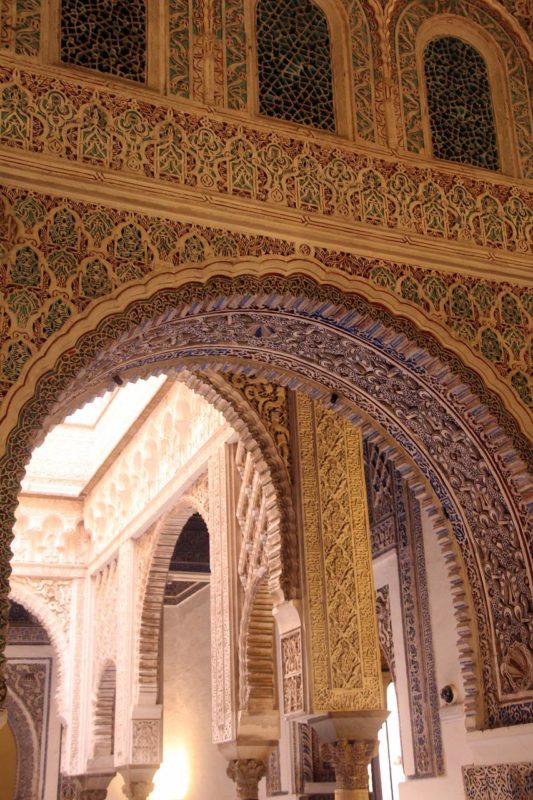
In all the properties, the intricate and highly elaborate Islamic artform was based on geometric, natural and calligraphic elements. Calligraphy is a key element in Islamic architecture. Often, the Caliph employed a court poet to compose poems to be written directly on the stucco in calligraphic patterns. The beauty of this artform remains today and is truly breathtaking.
Christianity’s contribution
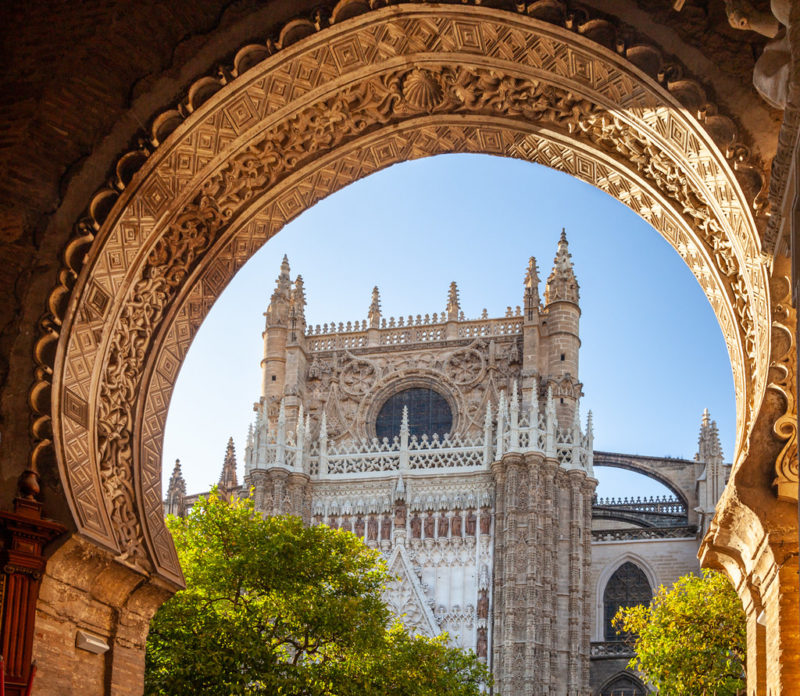
As and when the Christians captured a town from the Moors, the usual ploy was to reconsecrate the central mosque as a church. In Seville, they replaced the mosque with what would become the largest Gothic cathedral in the world. The only remains of the original mosque are the courtyard and minaret.
As Seville’s cathedral grew over the years it became a mix of architectural styles. The Islamic minaret – the Giralda – towered over the cathedral. To make it more Christian, the sacred spheres were replaced with a bell tower
The name Giralda comes from the weather-vane on top, which is about 30 feet (7 m) high. Climbing to the top offers some of the most fantastic views across the city.
A far more recent addition is the Plaza de España. Designed by architect Aníbal González as an emblematic space for the 1929 Ibero-American Expo, it is truly lavish. One of the most imposing and photographed plazas in Spain, the perimeter is edged by a canal.
The Jewish Quarter
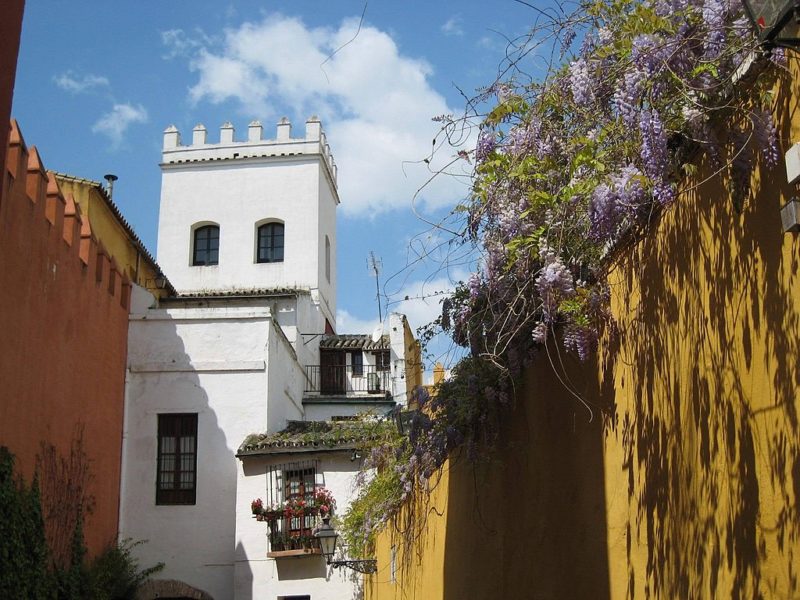
The Barrio de Santa Cruz is the former Jewish quarter of Seville. It is here you’ll find the Alcázar, Cathedral and Giralda Tower. The barrio is a maze of narrow streets and alleyways. Stroll around the Calle de la Judería, Callejón del Agua, Calle des Levis, and the Calle de Santa María among the whitewashed facades and quaint patios. The squares were opened up in the 19th century to make the neighbourhood airier.
Inside the cathedral, the pedestal of the Mausoleum for Fernando III has a Hebrew inscription giving the date of the king’s death according to the Hebrew calendar. The cathedral treasury has the silver keys given to King Fernando III by the Jews. They bear two inscriptions in Hebrew announcing that “God will open, the King will enter” and “the King of Kings will open, the King of the whole earth shall enter.”
A Taste of Seville
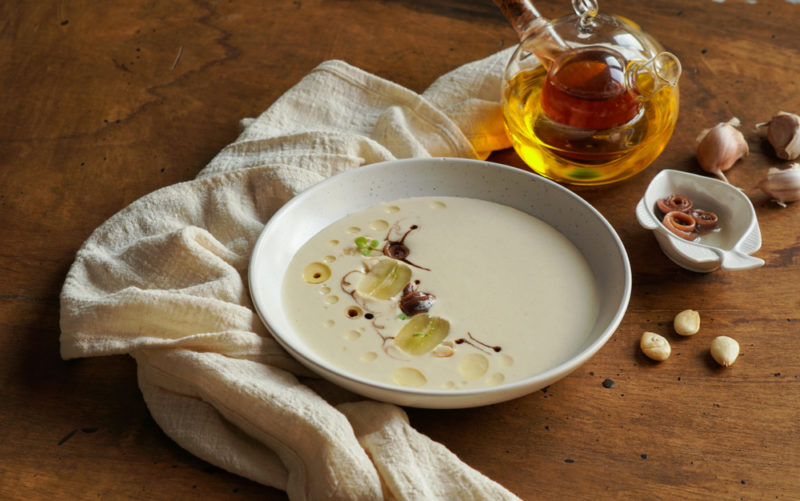
Pringá
Pringá is a Sevillana quick dish that makes the most of leftovers. A spread of sorts, it is based on a traditional pork-based stew. However, there are varying recipes, some with chorizo, others with morcilla. Invariably, it is delicious.
Cruzcampo Cerveza
The Sevillana beer certainly splits opinion. Some call it the best beer on earth, others are not so flattering. Sevillana bars in Seville pride themselves on serving their local tap beer ice cold.
Zanahorias Aliñadas
A Moorish inspired dish, the carrots are pickled in sherry vinegar and spiced with cumin and oregano. They are served smothered in the best quality extra virgin olive oil.
Ajo Blanco
Before tomatoes arrived in Spain, ajo blanco was the summer’s cold soup of choice. Made with garlic and blanched almond, it has undergone a renaissance and can now be enjoyed in Seville’s restaurants
Join us in Seville
There is much more to Seville than we can cover in one article. At TOMA & COE, we want you to experience the Spain you never knew, walking the path less taken as well as taking in the well-known monuments. Contact us for information on bespoke, guided tours as we unveil the city’s secrets for you.
In the meantime, enjoy our Guide to Seville highlighting our selection of top bars, restaurants and hotels in the city.

